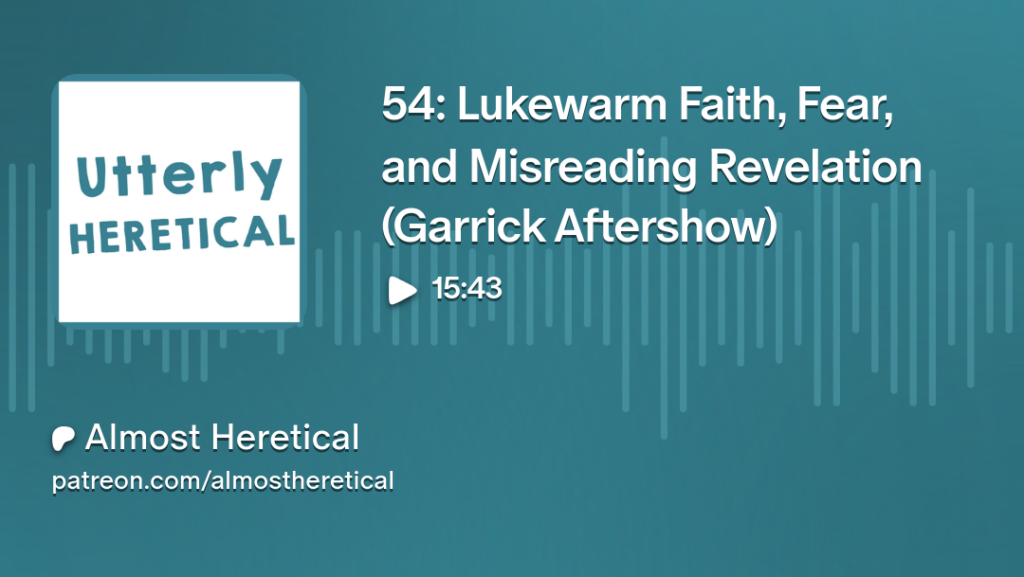In this fascinating episode, we sit down with Dr. Garrick Allen (link), Professor of Divinity and Biblical Criticism at the University of Glasgow and expert in New Testament manuscripts and paratexts. We delve into the complexities of the Book of Revelation, uncovering how ancient texts were shaped, transmitted, and interpreted over time. Garrick shares how these hidden details offer a deeper understanding of the Bible’s role in early Christian communities, shedding light on how our modern interpretations often overlook these nuances.
One of the key points discussed is how paratexts, the surrounding elements of a text, influence our reading of scripture. From the chapter divisions to marginal notes made by ancient readers, Garrick illustrates how these elements affect not only how we engage with biblical texts, but also how we understand them. We also touch on Revelation’s controversial place within the Bible, its apocalyptic imagery, and how modern sermons often misuse or simplify its meaning.
Takeaways:
- How ancient paratexts impact our modern understanding of biblical texts.
- Revelation’s significance in early Christian communities and why it remains relevant.
- Why “plain readings” of scripture miss important historical and contextual elements.
- The role of scribes and readers in shaping the Bible over centuries.
- The dangers of interpreting Revelation through a modern, fear-driven lens.
- How Revelation differs from the rest of the New Testament.
- The influence of manuscripts and annotations on our perception of scripture.
- The complex history behind the transmission of the Bible, especially Revelation.
- How Revelation’s imagery challenges modern notions of justice and prophecy.
After Show

Want to hear Nate & Shelby debrief this episode? Listen to the extra episode!

